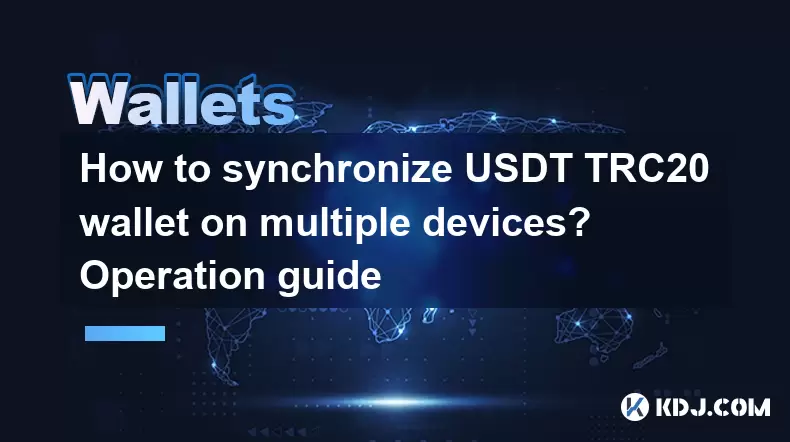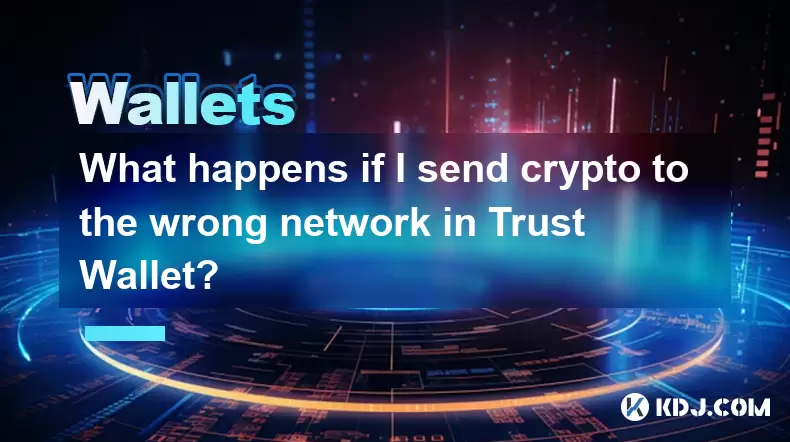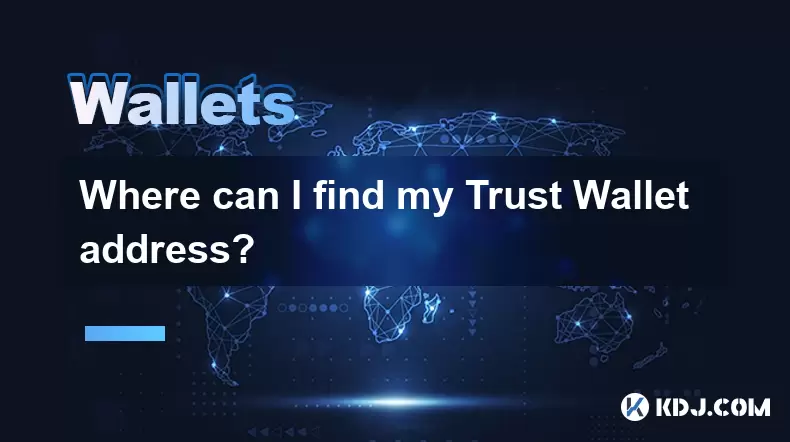-
 Bitcoin
Bitcoin $113900
-1.39% -
 Ethereum
Ethereum $3517
-4.15% -
 XRP
XRP $3.009
1.59% -
 Tether USDt
Tether USDt $0.9997
-0.04% -
 BNB
BNB $766.8
-1.41% -
 Solana
Solana $164.6
-2.38% -
 USDC
USDC $0.9998
-0.02% -
 TRON
TRON $0.3277
0.65% -
 Dogecoin
Dogecoin $0.2023
-1.67% -
 Cardano
Cardano $0.7246
0.05% -
 Hyperliquid
Hyperliquid $38.27
-4.77% -
 Sui
Sui $3.528
-0.52% -
 Stellar
Stellar $0.3890
-0.73% -
 Chainlink
Chainlink $16.16
-2.69% -
 Bitcoin Cash
Bitcoin Cash $539.9
-4.38% -
 Hedera
Hedera $0.2425
-2.00% -
 Avalanche
Avalanche $21.71
-0.97% -
 Toncoin
Toncoin $3.662
5.73% -
 Ethena USDe
Ethena USDe $1.000
-0.02% -
 UNUS SED LEO
UNUS SED LEO $8.964
0.35% -
 Litecoin
Litecoin $107.7
2.33% -
 Shiba Inu
Shiba Inu $0.00001223
-0.40% -
 Polkadot
Polkadot $3.617
-0.97% -
 Uniswap
Uniswap $9.052
-2.49% -
 Monero
Monero $295.1
-3.79% -
 Dai
Dai $0.9999
0.00% -
 Bitget Token
Bitget Token $4.315
-1.85% -
 Pepe
Pepe $0.00001060
0.11% -
 Cronos
Cronos $0.1342
-2.72% -
 Aave
Aave $256.0
-0.87%
How to synchronize USDT TRC20 wallet on multiple devices? Operation guide
Synchronize your USDT TRC20 wallet across devices by importing the same mnemonic phrase or private key into compatible wallets like TokenPocket or Trust Wallet.
Jun 15, 2025 at 08:08 pm

Understanding USDT TRC20 Wallet Synchronization
Synchronizing a USDT TRC20 wallet across multiple devices ensures that you can access your funds from various platforms while maintaining the same private keys and address. This is particularly useful for users who want to manage their assets seamlessly between mobile, desktop, and web-based wallets.
To begin, it's essential to understand what a TRC20 wallet entails. Unlike centralized accounts, TRC20 wallets are decentralized and operate on the TRON blockchain, meaning that they rely on cryptographic keys rather than usernames or passwords. Therefore, synchronization involves replicating the same private key or mnemonic phrase across different wallet applications.
Choosing Compatible Wallets
Not all wallets support TRC20 tokens, so the first step is selecting compatible wallet apps that can handle USDT on the TRON blockchain. Popular options include:
- TokenPocket
- BitKeep
- Trust Wallet (with TRON integration)
- MathWallet
- TRON Wallet
Ensure that each wallet you plan to use supports TRC20 USDT and allows import functionality via mnemonic phrase or private key. Using incompatible wallets may result in loss of funds or inability to see your balance.
Backing Up Your Wallet Information
Before synchronizing your USDT TRC20 wallet, make sure you have securely backed up your wallet mnemonic phrase or private key. These are the only ways to restore or import your wallet into another device.
When setting up a wallet for the first time, you’ll typically be shown a 12-word recovery phrase. It’s crucial to write this down on paper and store it somewhere safe — never save it digitally unless encrypted. Some wallets also allow you to export your private key, which should be handled with the same level of caution.
Importing Your Wallet on Multiple Devices
Once you’ve selected compatible wallets and backed up your recovery information, you can proceed to import your wallet onto other devices. The process generally follows these steps:
- Open the wallet app on the new device
- Choose the option to import existing wallet
- Enter your 12-word mnemonic phrase or private key
- Confirm the action and wait for the wallet to synchronize with the TRON blockchain
Each wallet app may have slightly different terminology, but most will guide you through the import process step-by-step. During synchronization, the wallet will fetch your transaction history and current TRC20 USDT balance from the TRON network.
It’s important to note that you should never enter your private key or mnemonic phrase anywhere untrusted. Always ensure you’re using the official app or website of the wallet provider.
Verifying Synchronization Across Devices
After importing your wallet on multiple devices, it's necessary to verify that all instances display the same public address and USDT TRC20 balance. You can do this by checking the receive address on each wallet — they should match exactly.
Additionally, perform a small transaction from one device and check if the others reflect the change after a few seconds. This confirms that all wallets are indeed synchronized and connected to the same underlying account on the TRON blockchain.
If there’s a discrepancy, double-check that all devices used the same mnemonic phrase or private key during import. Even a single word or character difference will lead to a completely separate wallet.
Maintaining Security While Synchronizing
While synchronizing your USDT TRC20 wallet offers convenience, it also increases the risk of exposure if not done carefully. Here are some security practices to follow:
- Never share your private key or mnemonic phrase with anyone
- Avoid taking screenshots or storing them on cloud services
- Use strong passcodes or biometric locks on all devices where the wallet is installed
- Regularly update your wallet apps to ensure they have the latest security patches
Using cold storage solutions like hardware wallets (e.g., Ledger) can provide an extra layer of protection, especially for large holdings. However, these are not typically used for daily synchronization purposes due to limited accessibility.
Frequently Asked Questions
Q: Can I use different wallet apps to synchronize the same USDT TRC20 wallet?
A: Yes, as long as each wallet supports TRC20 USDT and allows import via mnemonic phrase or private key, you can use different apps to access the same wallet.
Q: What happens if I lose my mnemonic phrase after syncing across multiple devices?
A: If you lose your recovery phrase, you won’t be able to recover your wallet if any of your devices are lost or damaged. All synced devices must remain accessible to retain control over your TRC20 USDT.
Q: Will all transaction history appear on every synchronized device?
A: Yes, once the wallet has fully synchronized with the TRON blockchain, all devices will show the same transaction history and balance.
Q: Is it possible to sync a TRC20 USDT wallet with a BEP20 wallet?
A: No, TRC20 and BEP20 are two different token standards operating on separate blockchains (TRON vs Binance Smart Chain). They cannot be directly synchronized because they belong to distinct networks.
Disclaimer:info@kdj.com
The information provided is not trading advice. kdj.com does not assume any responsibility for any investments made based on the information provided in this article. Cryptocurrencies are highly volatile and it is highly recommended that you invest with caution after thorough research!
If you believe that the content used on this website infringes your copyright, please contact us immediately (info@kdj.com) and we will delete it promptly.
- Bitcoin Strategy: Saylor's Not Hoarding, He's Building an Empire
- 2025-08-02 22:30:12
- Bitcoin Bloodbath: Macro Pressures and Liquidations Unleash Crypto Chaos
- 2025-08-02 22:30:12
- Worldcoin, Identity, WLD Price: Decoding the NYC Crypto Buzz
- 2025-08-02 21:10:12
- Shiba Inu: Utility and Community Strength Drive Crypto's Evolution
- 2025-08-02 21:50:12
- Crypto Donations, Trump PAC, and Bitcoin: A New York Minute on Political Coin
- 2025-08-02 20:30:12
- Crypto Market Under Pressure: Bearish Momentum and Rising Volatility Take Hold
- 2025-08-02 20:30:12
Related knowledge

What is a watch-only wallet in Trust Wallet?
Aug 02,2025 at 03:36am
Understanding the Concept of a Watch-Only WalletA watch-only wallet in Trust Wallet allows users to monitor a cryptocurrency address without having ac...

How to switch between networks in Trust Wallet?
Aug 02,2025 at 12:36pm
Understanding Network Switching in Trust WalletSwitching between networks in Trust Wallet allows users to manage assets across different blockchains s...

How to check my full transaction history on Trust Wallet?
Aug 02,2025 at 09:24am
Understanding Transaction History in Trust WalletTrust Wallet is a widely used non-custodial cryptocurrency wallet that supports a broad range of bloc...

Why is my Trust Wallet balance zero?
Aug 02,2025 at 03:49am
Understanding Trust Wallet Balance Display IssuesIf you're seeing a zero balance in your Trust Wallet despite knowing you've previously received or se...

What happens if I send crypto to the wrong network in Trust Wallet?
Aug 02,2025 at 07:22pm
Understanding Network Compatibility in Trust WalletWhen using Trust Wallet, it's essential to understand that different cryptocurrencies operate on di...

Where can I find my Trust Wallet address?
Aug 02,2025 at 06:07pm
Understanding Your Trust Wallet AddressYour Trust Wallet address is a unique identifier that allows others to send you cryptocurrency. It is a string ...

What is a watch-only wallet in Trust Wallet?
Aug 02,2025 at 03:36am
Understanding the Concept of a Watch-Only WalletA watch-only wallet in Trust Wallet allows users to monitor a cryptocurrency address without having ac...

How to switch between networks in Trust Wallet?
Aug 02,2025 at 12:36pm
Understanding Network Switching in Trust WalletSwitching between networks in Trust Wallet allows users to manage assets across different blockchains s...

How to check my full transaction history on Trust Wallet?
Aug 02,2025 at 09:24am
Understanding Transaction History in Trust WalletTrust Wallet is a widely used non-custodial cryptocurrency wallet that supports a broad range of bloc...

Why is my Trust Wallet balance zero?
Aug 02,2025 at 03:49am
Understanding Trust Wallet Balance Display IssuesIf you're seeing a zero balance in your Trust Wallet despite knowing you've previously received or se...

What happens if I send crypto to the wrong network in Trust Wallet?
Aug 02,2025 at 07:22pm
Understanding Network Compatibility in Trust WalletWhen using Trust Wallet, it's essential to understand that different cryptocurrencies operate on di...

Where can I find my Trust Wallet address?
Aug 02,2025 at 06:07pm
Understanding Your Trust Wallet AddressYour Trust Wallet address is a unique identifier that allows others to send you cryptocurrency. It is a string ...
See all articles

























































































